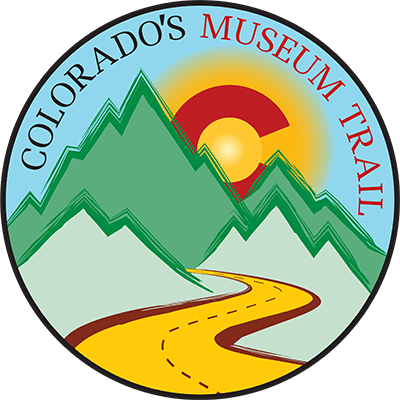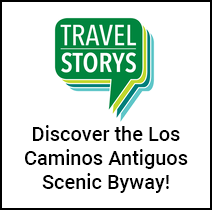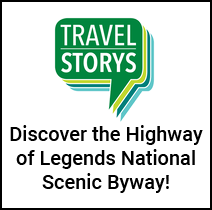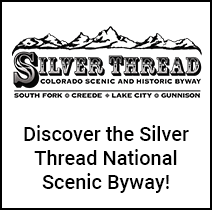San Luis Valley: The Cradle of Colorado

Have a taste of the historic Hispanic homeland in San Luis Valley through the new book Teresa de Jesus Vigil: Herbalist, Storyteller, Poet at her book signing at Rawlings Library, 100 Abriendo Ave, Pueblo, on June 23, 6 pm and at Fort Garland Museum and Cultural Center on July 10, 1:30 pm.Teresa Vigil will give a short presentation on herbs and read from her book published by Vanishing Horizons. Her cultural perspective and life-long medical experiences make her presentations compelling.Teresa [...]

An historic mining structure near Creede. Photo by Terri Cook Article originally published in 5280 article by Terri Cook"The Scenic Highway of Legends and Silver Thread, which were recently added to the National Scenic Byway system, celebrate southern Colorado's stunning landscapes and rich history.Call it the stuff of legend: Colorado’s scenery is so spectacular that the U.S. Department of Transportation recently added two of the state’s roadways to the America&rs [...]

Downtown Colorado, Inc. (DCI) and the Town of Center are pleased to announce the Solstice in Center, a creative event to engage and invite makers, artists, restaurants, and community members to celebrate the changing of season, the creative spirit, and envision the future of Downtown Center.The Solstice in Center event will kick off at 12 Noon on June 19 and will feature a dynamic lineup of San Luis Valley creatives. Some of the entertainment includes “Colorado’s Best Latin U [...]

Attached is a PDF of the Rio Grande County Museum Newsletter for June and July 2021.Featured articles and updates include:The Annual Art ShowWorld Ward II ExhibitArt Show with Amanda BlackLyndsie FerrellHigh Valley Community StudentsVolunteersSummer Programs and EXhibitsInterviews from the Past rgcm-2021-june-newsletter.pdfFile Size: 484 kbFile Type: pdfDownload File [...]

Original article from the Rocky Mountain PBSby Kate PerdoniPosted May 27, 2021“People like us are not Native American enough. And we’re not American enough. And we’re not Mexican enough,” Rael said. “And so we walk this strange line of trying to decipher our identities. And we express them in different ways.”Watch the video [...]

Original post by Rocky Mountain PBSPosted May 25th, 2021by Kate PerdoniJunita Martinez, a resident of the small village of San Francisco [in Southern Colorado], hopes educating the next generation of parciantes will help sustain water rights and the acequia tradition. Here, irrigation canals dug by hand almost 200 years ago are still used — but nature decides how much water they have to work with.Water Is Life - "We're a land and water based people. I am [...]

Original article published in the Valley CourierMay 24, 2021To train buffs around the world, it’s an unprecedented historic moment. For the first time ever, a steam locomotive from the 1880s has been completely restored and will run on the exact same tracks it originally did from 1883-1938. The Cumbres & Toltec Scenic Railroad , owned jointly by the states of Colorado and New Mexico, has completed this historic project and will unveil the remarkably restored engine No. 168 at t [...]

Contributed photo Billy LeRoy and his brother Sam Potter were buried in unmarked graves in the Del Norte Cemetery. Only one headstone remains today. by Lyndsie Ferrell from the Del Norte ProspectorNow, Billy LeRoy was not your typical looking criminal. The young highwayman was known for dressing on the up-scale side and one of his most infamous traits that kept lawmen guessing who he was, was his size four shoe.At many of the locations where LeRoy held up a train or stagecoach, lawmen would find [...]

Image courtesy The Newberry Library. https://www.newberry.org by Lyndsie Ferrell with the Del Norte ProspectorThe San Luis Valley has a rich history dating back to the early 1800s thanks to the many characters that lived rough and tumble lives in the great West. Lawlessness was a way of life for many in those early days and like the song by Jim Croce, “Bad, Bad Leroy Brown” the San Luis Valley had a bad, bad LeRoy of its own.According to accounts provided by the Rio Grande County Mu [...]



